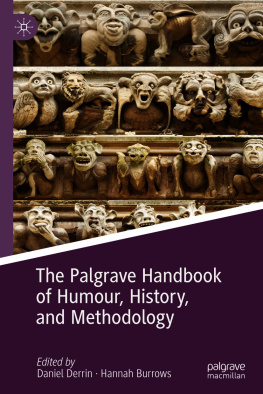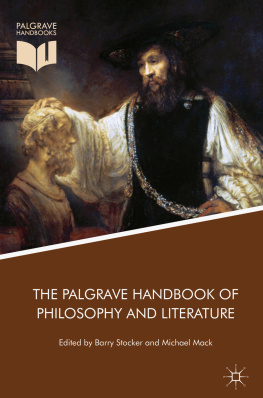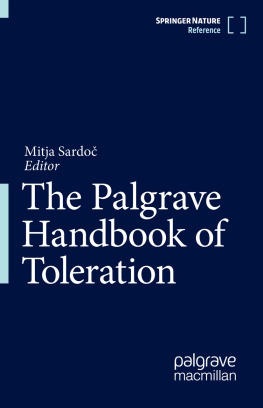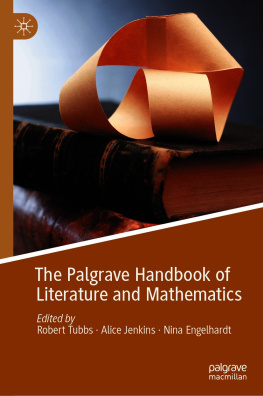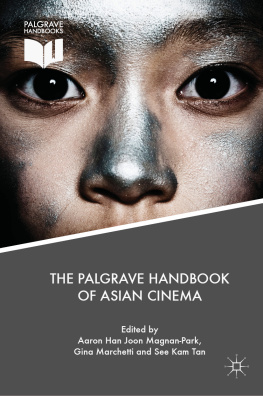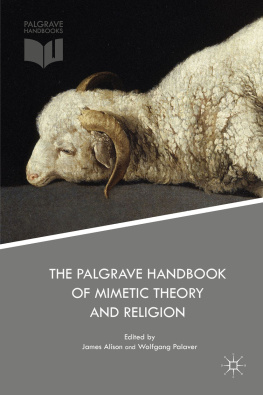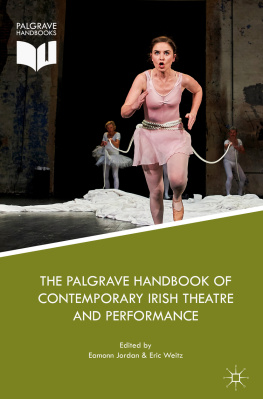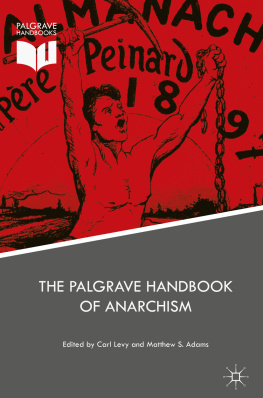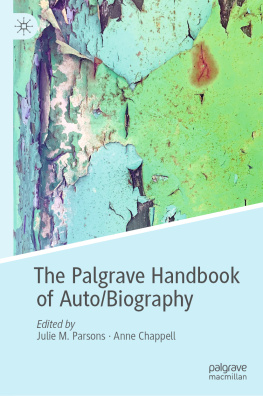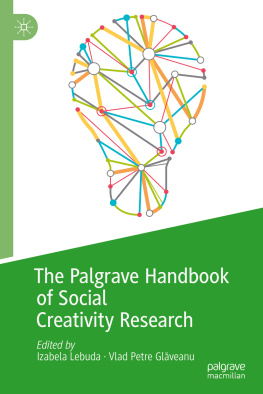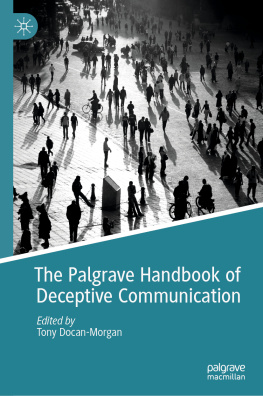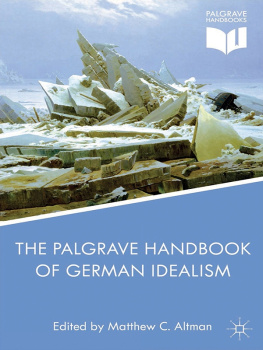Daniel Derrin - The Palgrave Handbook of Humour, History, and Methodology
Here you can read online Daniel Derrin - The Palgrave Handbook of Humour, History, and Methodology full text of the book (entire story) in english for free. Download pdf and epub, get meaning, cover and reviews about this ebook. year: 2021, publisher: Springer International Publishing, genre: Romance novel. Description of the work, (preface) as well as reviews are available. Best literature library LitArk.com created for fans of good reading and offers a wide selection of genres:
Romance novel
Science fiction
Adventure
Detective
Science
History
Home and family
Prose
Art
Politics
Computer
Non-fiction
Religion
Business
Children
Humor
Choose a favorite category and find really read worthwhile books. Enjoy immersion in the world of imagination, feel the emotions of the characters or learn something new for yourself, make an fascinating discovery.
- Book:The Palgrave Handbook of Humour, History, and Methodology
- Author:
- Publisher:Springer International Publishing
- Genre:
- Year:2021
- Rating:3 / 5
- Favourites:Add to favourites
- Your mark:
- 60
- 1
- 2
- 3
- 4
- 5
The Palgrave Handbook of Humour, History, and Methodology: summary, description and annotation
We offer to read an annotation, description, summary or preface (depends on what the author of the book "The Palgrave Handbook of Humour, History, and Methodology" wrote himself). If you haven't found the necessary information about the book — write in the comments, we will try to find it.
Daniel Derrin: author's other books
Who wrote The Palgrave Handbook of Humour, History, and Methodology? Find out the surname, the name of the author of the book and a list of all author's works by series.
The Palgrave Handbook of Humour, History, and Methodology — read online for free the complete book (whole text) full work
Below is the text of the book, divided by pages. System saving the place of the last page read, allows you to conveniently read the book "The Palgrave Handbook of Humour, History, and Methodology" online for free, without having to search again every time where you left off. Put a bookmark, and you can go to the page where you finished reading at any time.
Font size:
Interval:
Bookmark:
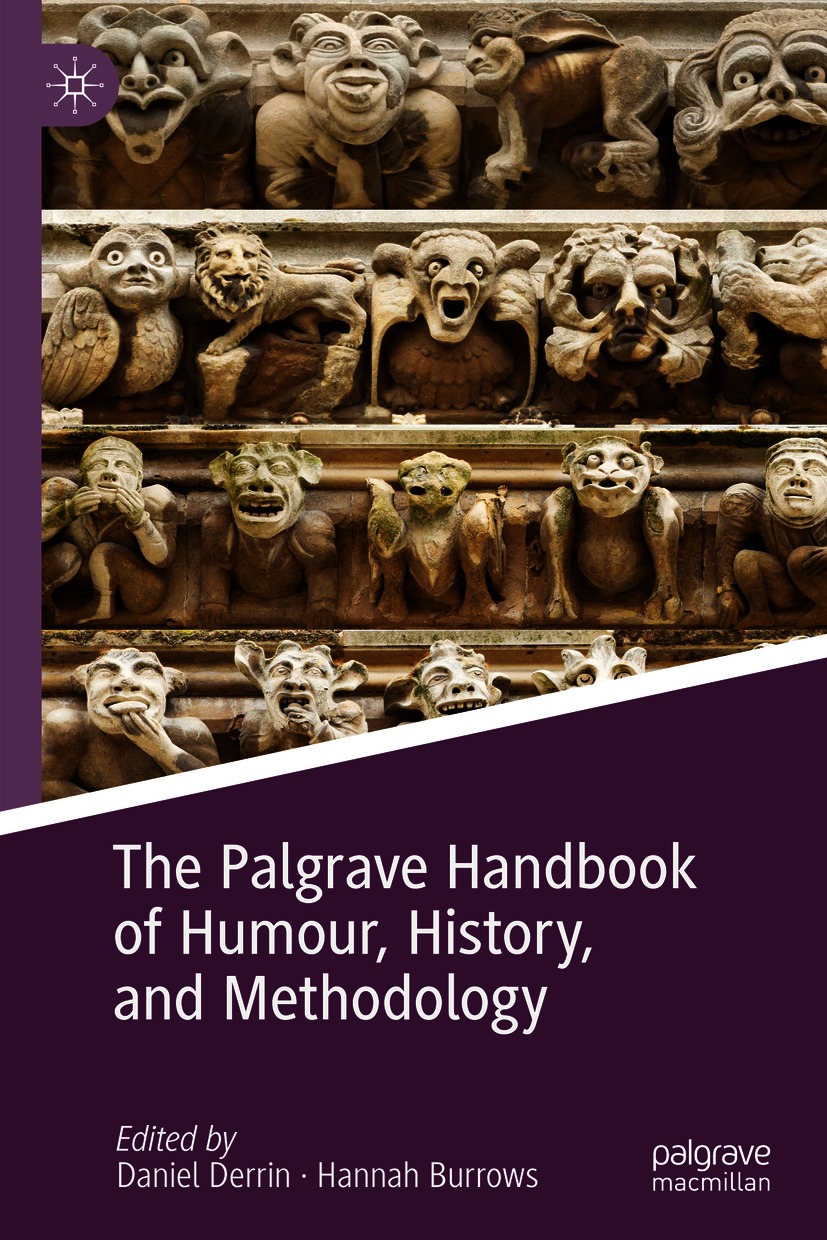

Cover illustration: John Potter / Alamy Stock Photo
This Palgrave Macmillan imprint is published by the registered company Springer Nature Switzerland AG.
The registered company address is: Gewerbestrasse 11, 6330 Cham, Switzerland
This book is a carefully considered and curated study of humour and the past. Far from being assembled in haste, it has had a long gestation. Given its rich variety of topics and the expertise involved, that is not surprisingco-ordinating such a multi-talented team might challenge any editorial team. However, Daniel Derrin and Hannah Burrows have proved their organisational skill time and again during this developmental period. Together, they have staged not one but four collaboratories and panel presentations to explore resources and possible collaborations, launched and maintained a website (https://humoursofthepast.wordpress.com/), and administered a research grant to support the whole. For those authors lucky enough to attend sessions at the University of Aberdeen in 2015 and 2016, at Trinity College Dublin in 2016 and at Durham University in 2017, meeting and discussing face to face moved the book forward, providing inspiration, a vital critique and wonderful memories.
The real reason for cautious preparation is neither length nor number of authors: it is meeting the demands of the methodological challenges that this book is designed to address. For those who have watched the project from its inception, therefore, the book forms the end product of extended and deliberate discussion about how best to tackle this serious if amusing subject. It is not at all straightforward to approach texts and practices from times past and across many different languages and cultures, and to focus upon their nexus with humour further complicates the task. Humour is largely a modern concept and remains quite ill-defined, even in English-speaking cultures. Importantly, it is innately ambiguous , a potential trap for the unwary scholar in any age. Until very recently, cultural historians were loath to include humour in their remit, even when studying the so-called emotions of the past.
While much has been achieved since the first pioneering conference dedicated to the cultural history of humour, convened in Amsterdam in 1994, methodologies and terminologies have remained unclear. This is despite the rapid development of humour studies itself, a field that bridges across many disciplines, from neuroanatomy and psychology to linguistics and performance art and politics. Indeed, looking back over the last quarter-century, it seems to me that cultural history and humour studies tended to remain in largely separate camps with little intellectual exchange. In 2013, I was invited to contribute to a University of Cambridge seminar on the history of the emotions, teaching a section titled Humour and Laughter. Coming from a humour studies background, I welcomed the decision to include both terms, but found it difficult to identify either as an emotion. When I asked my (cultural historian) colleagues for clarity, they told me they regarded laughter as the emotion, humour as the cause.
From the stance of humour studies, however, laughter is a multi-valent form of human behaviour that can signal many things amusement , certainly, but also nervous embarrassment, surprise , even antagonistic sarcasm and disparagement. Laughter may be fake, concealing all manner of non-humorous inner feelings (psychologists term this non-Duchenne laughter, and it induces quite different feelings in its audience than does true Duchenne laughter). Seen this way, laughter is not itself an emotion, but can be allied to a very wide range of emotions, including humour. When allied to humour, then it stands to it as weeping does to its own possible range of emotions, from grief to joy.
Humour on the other hand cannot be limited to being an emotion. It certainly can be what Wallace Chafe calls the feeling of non-seriousness (The Importance of Not Being Earnest, 2007) that characterises amusement , but the word is also used variously to denote the stimulus to being amused or the creation of a humourist or comedian, and to describe a range of experiences and responsive behaviour that includes laughter and smiling . It has become a convenient umbrella term that sums up a very wide range of humour-related phenomena and, as such, has spread around the world, and has been adopted as a modernising neologism into languages such as Japanese and Chinese.
But is humour an emotion? The question of whether humour (in the general sense) is purely a cognitive or an affective experience has plagued humour studies from its inception in linguistic studies. Recently, however, neuroanatomy (using MRI scans) has convincingly demonstrated that in response to humour, the human brain activates both cognitive and affective pathways, and does so in a complex sequence. Distinguished by nanoseconds, several distinct neural steps occur for a human subject exposed to a humour stimulus: first comes recognition of something as humorous (i.e. not serious , a kind of recognition of a play-frame), then comes comprehension or decoding (what might be called getting it) and finally come the responses to it (possibly including laughter and smiling ). While these steps are sequential, their outcomes are far from inevitably positive. For example, a humour recipient may recognise that something is intended as humourand may even respond to it with signs of acceptancebut still may not like it nor enjoy the process. By the same token, enjoyment of the humour does not always require full comprehension, let alone a grasp of the hidden structures of topic/s, target/s and structural devices employed, nor possession of the specialist knowledge required for decoding humours incongruities , ambiguities and wordplays . Consciousness of why something is funny is not required in order to find it amusing or only humour scholars would ever laugh . For many reasons, therefore, it is well-nigh impossible to separate the cognitive and affective elements of humour.
Font size:
Interval:
Bookmark:
Similar books «The Palgrave Handbook of Humour, History, and Methodology»
Look at similar books to The Palgrave Handbook of Humour, History, and Methodology. We have selected literature similar in name and meaning in the hope of providing readers with more options to find new, interesting, not yet read works.
Discussion, reviews of the book The Palgrave Handbook of Humour, History, and Methodology and just readers' own opinions. Leave your comments, write what you think about the work, its meaning or the main characters. Specify what exactly you liked and what you didn't like, and why you think so.

